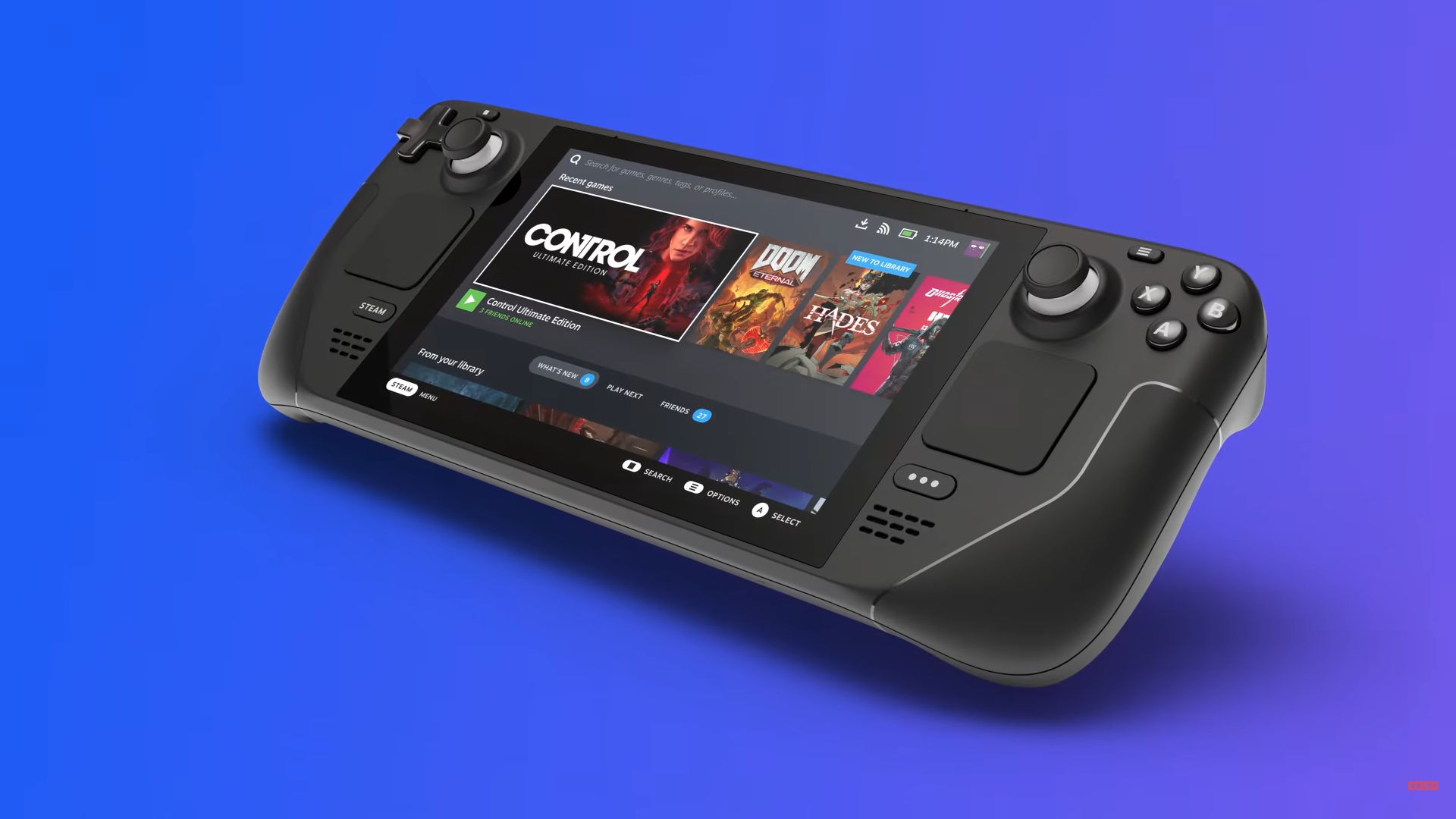Steam Deck's latest update will tell you which fan your unit has
The new option, available in the latest Steam Deck client beta, provides a snapshot of your device as it came off the line.

Do you know what's inside your Steam Deck? Now you can find out without having to bust the thing open and risk voiding your warranty if things go south. Valve's latest client update adds a new section to the system settings that displays the exact model and manufacturer of every major component inside your unit.
"We are making this information available to provide further clarity and transparency about the components and their sources for your specific Steam Deck, as it’s something we’ve seen customers are interested in," Valve said. "This information will also be useful for customers who are looking to repair or replace components via iFixit – in certain cases (like thumbsticks) you will want to know which specific part to get for repair/replacement."
The update seems specifically geared towards Steam Deck owners curious about which model fan they have: Valve has shipped units with fans manufactured by both Delta and Huaying, though one has been criticized for its higher pitch.
Unfortunately this update will not provide a live look at the guts of your Steam Deck, but is instead a "snapshot" of what was in there when it was assembled. "Any updates/swaps/repairs that happened after the customer receives their Steam Deck will not be reflected in this view," Valve said.
That limits the value of the component lookup somewhat, although I'd guess that most people who have opened up their Decks already know what's in there, or don't mind going back in to find out. The bulk of owners will most likely rely on the official repair centers for any internal work they need done, and so for them any post-fix-up inaccuracies in the component lookup won't matter (and probably won't even be noticed).
Valve also provided an update on those loud fans, saying that after investigating complaints, it has developed "an engineered foam solution" for the Steam backplate that will reduce the noise. The fix is being applied to both models of fans used in Decks, both of which will continue to be used. That certainly sounds better than stuffing a big-ass wad of electrical tape inside your unit.
The new client update is currently available via the Steam Deck beta channel. To opt in, enter your Steam Deck settings, enter the System menu, and select Steam Update Channel. The update makes a number of other changes and fixes as well—the full changelog is below.
The biggest gaming news, reviews and hardware deals
Keep up to date with the most important stories and the best deals, as picked by the PC Gamer team.
General:
- Added the ability to view the components that are in your Steam Deck (click the "Model/Serial Numbers" button under Settings => System).
- Added the ability to skip startup movie by pressing B
- Added support for the Games to Play Together feature
- Enabled automatic spelling correction for Store and Library search results
- Fixed a case where audio would play quietly even though the volume was set to high
- Improved responsiveness to changes in the local network connection
- Removed “Connecting to Steam…” delay when starting a game without any local network connection
Steam Input:
- Added support for user created virtual menu icons by placing them in the ~/.steam/steam/tenfoot/resource/images/library/controller/binding_icons folder
- Added support for the HORI Fighting Commander OCTA (Xbox Series X and PS versions)
- Added support for the Qanba Drone Arcade Stick
- Improved support for third-party PS3/PS4/PS5 controllers
Remote Play:
- Fixed crash when the performance graph is enabled with some languages

Andy has been gaming on PCs from the very beginning, starting as a youngster with text adventures and primitive action games on a cassette-based TRS80. From there he graduated to the glory days of Sierra Online adventures and Microprose sims, ran a local BBS, learned how to build PCs, and developed a longstanding love of RPGs, immersive sims, and shooters. He began writing videogame news in 2007 for The Escapist and somehow managed to avoid getting fired until 2014, when he joined the storied ranks of PC Gamer. He covers all aspects of the industry, from new game announcements and patch notes to legal disputes, Twitch beefs, esports, and Henry Cavill. Lots of Henry Cavill.

